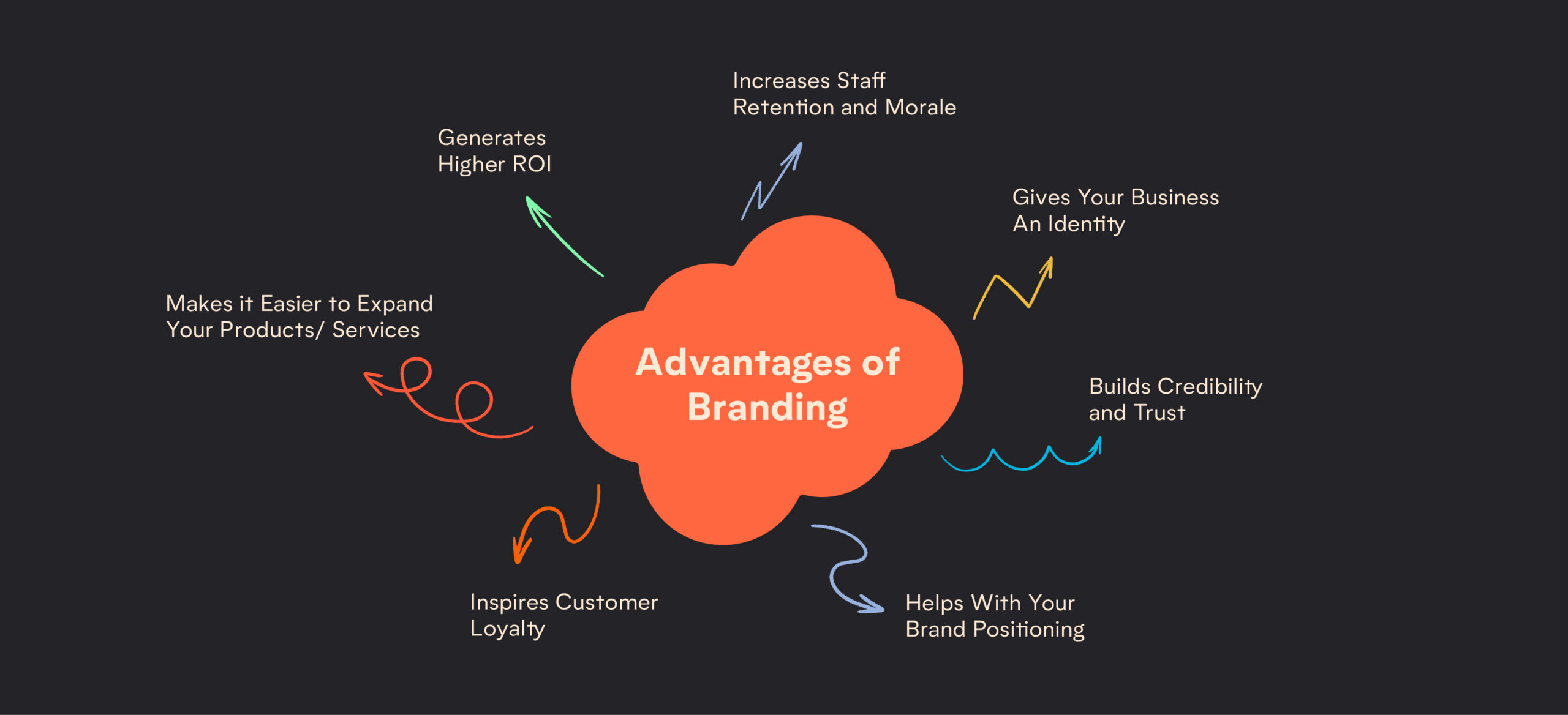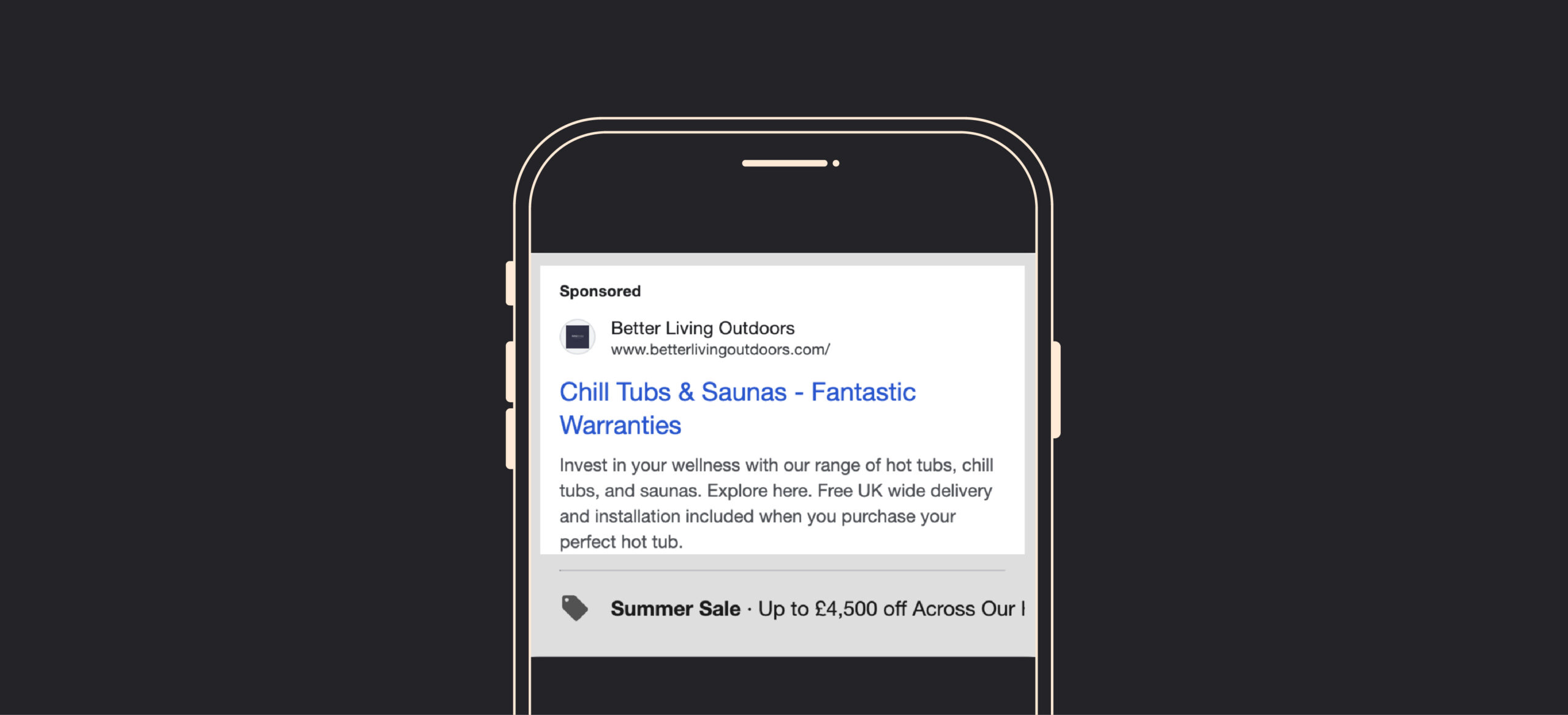If you’re wondering ‘what are the advantages of branding?’ then this is the blog post for you.
Whilst you probably know what branding is as a concept, you might be unsure about the tangible benefit it brings your business.
There’s often a misconception that branding is fluffy, visual, and ‘nice-to-have’ rather than a strategic tool which is vital for attracting customers and boosting ROI.
Although branding is visual (think of your logo, colour palette, brand merchandise etc) it’s so much more than that; it’s what customers think of when they hear your brand name which builds trust and familiarity.
In turn this leads to a deeper sense of customer loyalty and retention which is key for driving your sales. As you can see, it’s so much more than just designing something to look pretty.
It’s about using your brand to engage customers and build out a wider story. In this blog we’ll be exploring the various advantages of branding as well as the meaning of co-branding and why this strategy is just as important!










